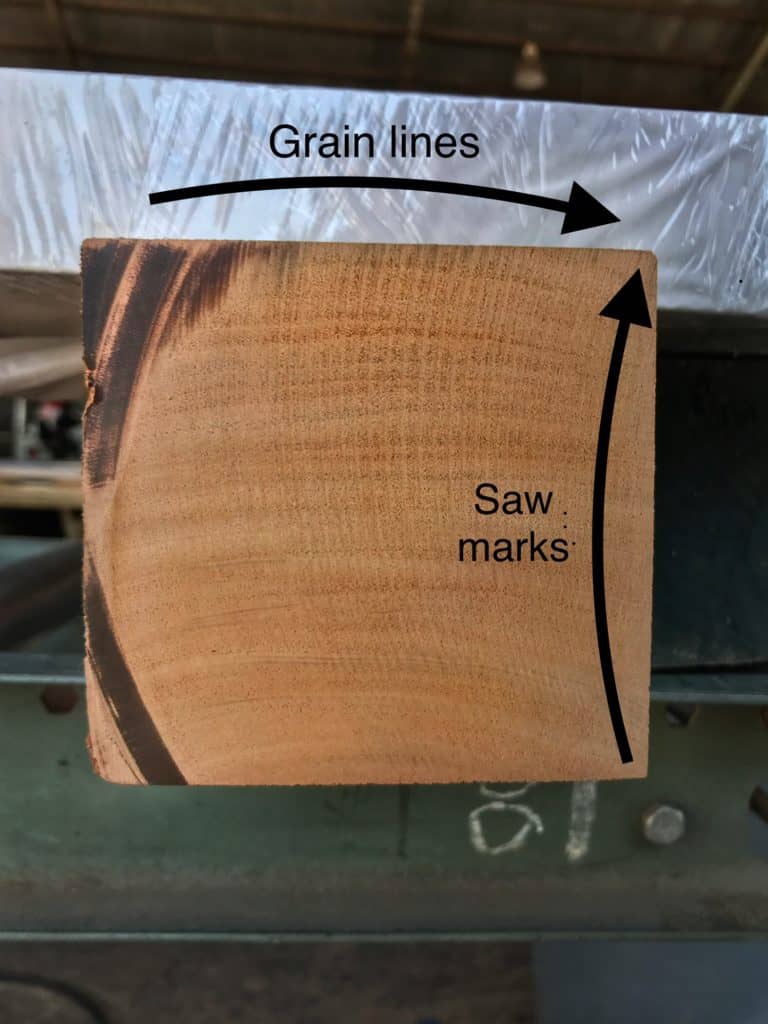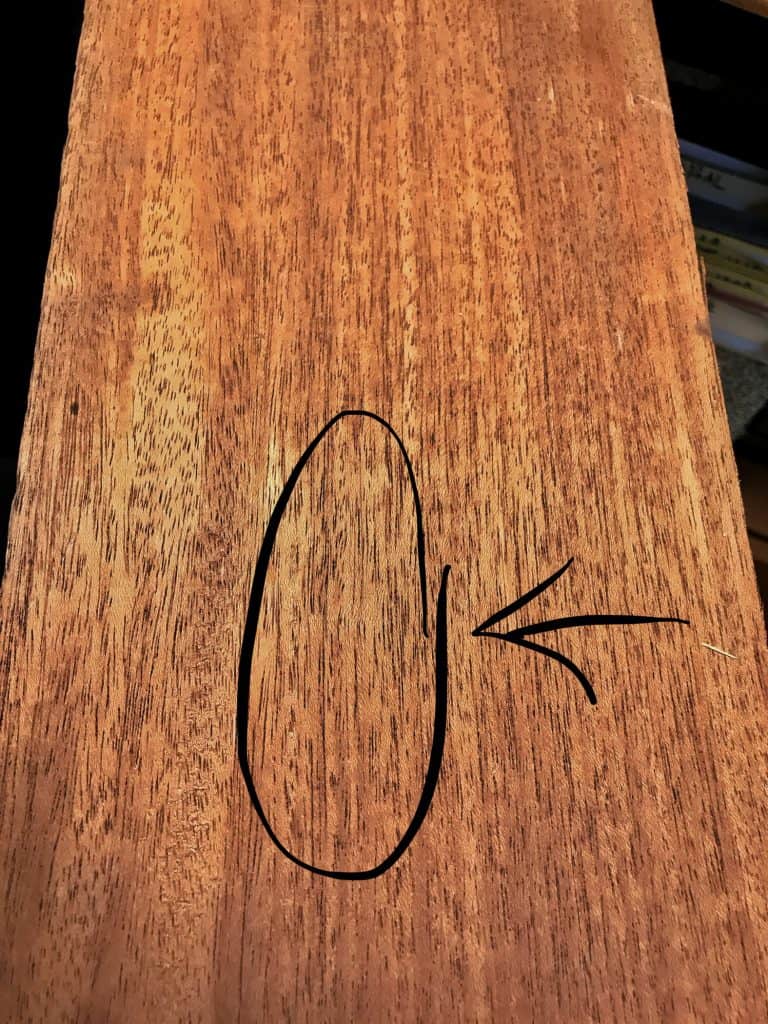8 Ways to Distinguish African Mahogany from Honduran Mahogany
Even experienced woodworkers sometimes have difficulty distinguishing Honduras from African . This is because characteristics of each specie overlap. Unlike Okoume lumber, which has similar grain but a pinkish color tone, African Mahogany has a brown color tone, like Honduran.
Granted, most lumber buyers can spot really nice Honduras when compared to really bad Khaya . That is easy. It’s substantially more difficult when looking at high-end African Mahog and/or low-end Genuine Mahog. That is when the lines begin to blur.
First, weight is not a reliable way of distinguishing African from Genuine. In my experience, one specie is not significantly lighter than the other. As with White Limba and Swamp Ash board weight and density varies dramatically from region to region. It has more to do with soil composition and tree growth rates than the wood specie.
However, when when comparing Spanish Cedar to Genuine Mahog or African Mahog, weight is a reliable indicator. Spanish Cedar is significantly lighter than both Mahoganies.
Here are 8 Practical Ways to Distinguish Honduras Mahogany from Khaya.
-
Grain
. Genuine Mahog grain tends to be fine, slight and uniform. African Mahog grain is usually more open, erratic, and inconsistent.
Note the fine uniform grain of this milled mahogany hardwood flooring. -
Figure
. African Mahog tends to have more figured grain. It can have ribbon luster, undulating roped or chatoyant grain. Genuine rarely exhibits wild figure. When it does, it’s typically tight flame or subtle curl.
-
Color
. Color is not the best indicator for this specie comparison. But, it is worth noting. Generally speaking, Honduras has a uniform, dark rich brown based color. Whereas, African exhibits color variations and has a slightly reddish hue.
-
Dark Pencil Lines
. In all honesty, I have not idea what the hell these things are called. However, when you see them consistently you are looking at Khaya. They are thin vertical lines in the board with accumulations of either dark mineral or dirt.
The tell-tale thin vertical lines of Khaya wood. -
Machining.
Genuine Mahog cuts like butter. African Mahog is prone to fuzzing and grain tear-out. The elevated silica content in Khaya interferes with cutting blades. Thus, with certain millwork-intensive projects, substituting Khaya for Genuine is a poor idea. Regardless of the visual similarities between the two species.
-
Price.
How much did you pay for it? Generally speaking, Genuine is roughly twice the price of African.
-
Name.
Genuine Mahog is the premium mahog option. Accordingly, when people pay for Genuine, they want you to know it. Thus, the board, millwork, furniture or product will be specifically identified as Genuine Mahog. Alternatively, when a lessor mahog is used, it’s typically referred to generically as “Mahogany.”
-
Import Paperwork.
If the wood is new stock, you can request import documentation from your supplier. CITES documents are required to bring Genuine into the United States. However, any imported woods are required to have a United States Department of Agriculture PPQ form 505 which correctly identifies the specie and country of origin. Not all suppliers will either have or provide this information but it’s worth a shot if all else fails.



